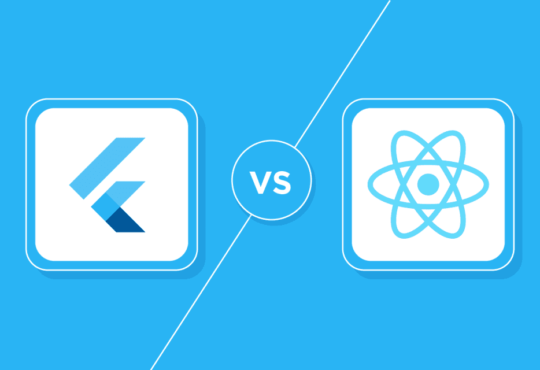In today’s digital world, where mobile devices are overpowering the web landscape, responsive web design has become necessary. Users expect websites to adapt smoothly to various screen sizes, ensuring a consistent and user-friendly experience. This is where Bootstrap, a popular front-end framework, plays a crucial role. In this article, we will explore the significance of Bootstrap in responsive web design and development and how it enables developers to create flexible and visually appealing websites.
Understanding Responsive Web Design
Responsive web design is an approach that enables websites to automatically adjust their layout and content to fit different screen sizes, resolutions, and orientations. The objective is to provide an optimal viewing experience, ensuring easy navigation and readability across several devices, from desktop computers to smartphones and tablets.
Responsive Web Design Challenges:
Developing responsive websites from scratch can be complex and time-consuming. It demands the consumption of various CSS media queries and JavaScript to handle multiple breakpoints and device-specific adjustments. Bootstrap simplifies this process by offering a comprehensive set of tools, components, and predefined styles, making it easier for developers to create responsive web pages efficiently.
What is Bootstrap?

Twitter developed Bootstrap, which is a free and open-source front-end framework that includes HTML, CSS, and JavaScript components. It is designed to streamline the process of building responsive and mobile-first websites. Bootstrap’s core principles, as adopted by our software development company, rotate around simplicity, consistency, and flexibility, allowing developers to focus on their web applications’ functionality and visual appeal.
– Responsive Grid System
One of the main features of Bootstrap is its responsive grid system. The grid system divides the web page into rows and columns, which helps create flexible layouts that adapt to different screen sizes. Developers can easily define the layout structure using predefined classes, such as “container,” “row,” and “col-xs/sm/md/lg/xl.” This grid system offers an excellent foundation for organizing content and arranging elements in a visually attractive manner.
– Predefined CSS Components
Bootstrap offers a wide range of CSS components that can be easily integrated into web projects. These components include navigation bars, buttons, forms, tables, alerts, etc. Each component is designed to be responsive by default, adjusting its appearance and behavior based on the screen size. Software developers can save essential time and effort without compromising on design consistency by using these ready-to-use components.
– Responsive Typography and Images
With Bootstrap, typography and images can be made responsive quickly. The framework offers classes to handle font sizes, line heights, and headings, ensuring optimal device readability. Images can also make responsive using the “img-responsive” class, which automatically scales them to fit within their container while maintaining their aspect ratio. These features allow developers to create visually attractive and accessible content for every user.
– JavaScript Plugins
Bootstrap comes wrapped with a range of JavaScript plugins that increase the functionality and engagement of websites. These plugins include carousels, modals, dropdowns, tooltips, and many more. Developers can quickly integrate these plugins into their projects by adding a few lines of code and using the relevant class names. The responsive nature of Bootstrap ensures that these components work flawlessly on multiple devices, providing an engaging user experience.
– Customization and Extensibility
While Bootstrap offers a rich set of predefined styles and components, these also allow developers to customize and expand its functionality. By using Bootstrap’s customization options, developers can modify the framework’s variables, such as colors, spacing, and breakpoints, to match the design requirements of their projects. Additionally, developers can create custom styles and components, further increasing the flexibility and uniqueness of their websites.
– Browser Compatibility
Bootstrap makes sure cross-browser compatibility by meeting widely accepted web standards. It is made to function without any problems on all current browsers, including Chrome, Firefox, Safari, and Edge. The framework applies progressive increasing techniques, allowing websites to destroy carefully on older browsers that may not support some advanced features. This guarantees a consistent user experience independent of the chosen browser or device.
Conclusion
Bootstrap has transformed the world of responsive web design and development. By offering an extensive range of tools, components, and styles, Bootstrap enables developers to create visually attractive and mobile-friendly websites with relative ease. The framework’s responsive grid system, predefined CSS components, and JavaScript plugins allow developers to build flexible and interactive web applications that adapt smoothly to various devices. With Bootstrap’s customization options, developers can ensure their websites align with specific design requirements while maintaining cross-browser compatibility. As the web continues to grow, Bootstrap remains a priceless asset for modern web developers looking to deliver outstanding user experiences in the world of responsive web design and development.






